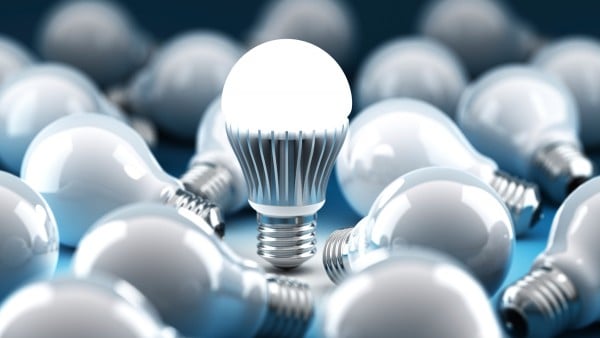The Pillars of Energy Efficiency
Energy Efficiency Foundations for Green Building: Energy Star, LED and CFL Lights, LEED technologies
When it comes to saving on your electricity bill, improving the energy efficiency in your home or building is certainly the way to do it. There are a few ways of achieving this through the various kinds of Energy Star major home appliances and Energy Star home water heaters, energy-efficient HVAC systems, and LED & CFL lights that are available today.
Leadership in energy and environmental design (LEED) standards in residences and buildings, when adopted and implemented by building developers, increase the energy efficiency of properties, lowering the carbon footprint of buildings. Energy Star appliances, and other smart appliances, save buildings on energy, and other resources. Energy efficiency technologies are saving property owners on their energy bills. Smart appliances also are beneficial for behavioral demand response and home energy management programs (see below).
Demand Response, Smart Meters, and Home Energy Management
One kind of system to improve the energy efficiency of a home or building is known as a demand response (DR) program, and is sometimes a part of today’s smart grid. Demand response is where utility companies are given (remote) control over the major electrical appliances (HVAC, water heaters, etc…) that are in energy customers’ properties.
A utility-operated smart meter helps the utility automatically reduce the power settings and temperature of the property (through an automated, digital response from the utility to the home or building where energy is monitored by a smart meter; with the major appliance, a smart meter, and the utility engaged in a digital sharing of energy statistics and optimal energy settings to maximize efficiency) during the day when there is less need for energy (i.e. when people are not at home).
Alternatively, there are behavioral demand response programs, which leave control in the hands of the homeowner/ building owner. A smart wi-fi energy monitoring device with the ability to be remotely managed and “told” what to do by the customer is set up in the home (a smart meter), and reads and records data from the home or building.
Examples of such data include power usage by various home appliances, external and internal temperature readings, and may also include recording the time people get home and wake up in the morning.
This data is then used in an app on a smart phone or smart tablet to tell consumers how much energy was saved and how this amount can be increased in the future by altering the settings of the smart appliance (such as a smart thermostat), HVAC system, or other smart electrical appliance.
The settings of a smart appliance can also be optimized remotely, via an app on a smart tablet/ phone, based on the data provided by the behavioral demand response program. This is especially true with regard to home energy management systems (see below).
Communications from the smart meter are organized for the consumer in displays and read-outs that are including in mailings and apps. Charts in the read-outs show how much money for the electricity bill in that cycle was saved, other benefits of energy efficiency, and how the customer can better manage their energy use in the future.
Data is also sent to, and recorded by, the utility, in order for the utility to better manage future energy production distributed to buildings via the power grid. So, energy customers and utilities can both optimally manage their respective energy outputs and uses.
The smart meter demand response method makes it much easier for the homeowner to determine how much energy to save, and the utility can also easily make optimal adjustments to their energy production and distribution in demand response programs. The use of the smart meter in behavioral demand response allows people access to the device from home, so changes can be made over one’s smartphone or tablet device.
Demand response programs often work hand-in hand with home energy management (HEM) systems, smart thermostats, smart wi-fi enabled LED and/ or CFL energy efficient lighting, and other smart electrical appliances that have been looped in to work with the HEM system.
Buildings represent a significant source of greenhouse gas emissions globally, in addition to the industry/ energy generation sectors, agriculture/ land-use/ food production sectors, and transportation/ shipping sectors. In order to lower the carbon footprint of buildings, property owners can increase the energy efficiency of their properties.
Here are several articles on technologies that are normally associated with increasing the energy efficiency of a home or commercial building, and a municipal energy grid, as well as general guides on increasing energy efficiency for a home or building:
Please also see Green City Times’
Plan for the Deployment of Smart Meters in all 50 States
To learn more about increasing the energy efficiency of the transportation sector specifically, please see:
Renewable energy in mass transit
To learn more about increasing the energy efficiency of the power generation sector specifically, please see:
and

